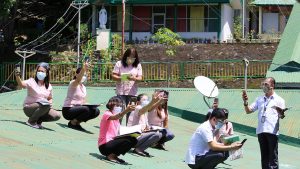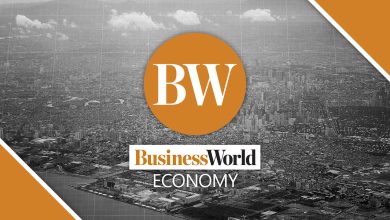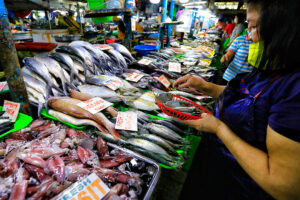PHL internet resilience ranks 7th in SEA

The Philippines’ internet resilience ranked seventh among 11 Southeast Asian countries, scoring 46%, according to the Internet Resilience Index (IRI) released by global non-profit organization Internet Society.
In the IRI report published on Tuesday, Singapore attained the region’s highest score at 72%, followed by Vietnam at 52%. Timor Leste ranked the lowest with a score of 38%.
“A resilient internet connection is one that maintains an acceptable level of service in the face of faults and challenges to normal operation,” the Internet Society said.
“It is an increasing focus for policymakers and activists worldwide as Internet infrastructure becomes essential for a nation’s economy and society,” it added.
The IRI averaged the Philippines’ scores in its four metrics of assessment for overall resilience: infrastructure (48%), performance (48%), security (54%), and market readiness (35%).
The country’s infrastructure has good fixed-line coverage not often seen in island nations, alongside high HTTPS adoption indicating an above average commitment to encryption and routing security, according to the IRI.
It noted under-provisioned networks, likelihood of outages, and high internet cost as barriers to public access and infrastructure investment from global providers.
“Decision-makers in the Philippines can use this snapshot to understand the strength and weaknesses in their Internet ecosystem and make data-driven decisions regarding where to invest and improve the country’s overall resilience,” the Internet Society said.
“From what we see, the issues of internet access, cost, and reliability are the top most concerns to date,” Ronald Gustilo, national campaigner of Digital Pinoys, said on the country’s current internet landscape in a Viber message.
Mr. Gustilo said that internet access through Starlink’s low orbit satellite technology is an expensive option, with a one-time hardware fee of P29,320 and monthly service fee of P2,700.
Philippine President Ferdinand R. Marcos, Jr. said in his second State of the Nation Address (SONA) that mobile and broadband internet speeds have improved and will undergo further upgrades.
He also touted the National Fiber Backbone and Broadband ng Masa projects, aiming to deliver high-speed connectivity, especially in geographically isolated and disadvantaged areas.
The National Fiber Backbone, which consists of five phases, is still awaiting completion of its first phase, which involves activating 28 fiber nodes in 12 provinces between the cities of Laoag and Quezon, as of November of last year, according to the DICT.
As of February, the Broadband ng Masa has established 4,385 operational live sites in 73 provinces, including Basilan, Sulu, Tawi-Tawi (BaSuLTa), and Pag-asa Island in the province of Palawan.
The IRI looked into 170 countries, built using best practices according to the European Commission’s Joint Research Centre and the Organisation for Economic Co-operation and Development Handbook on Constructing Composite Indicators. — Miguel Hanz L. Antivola




